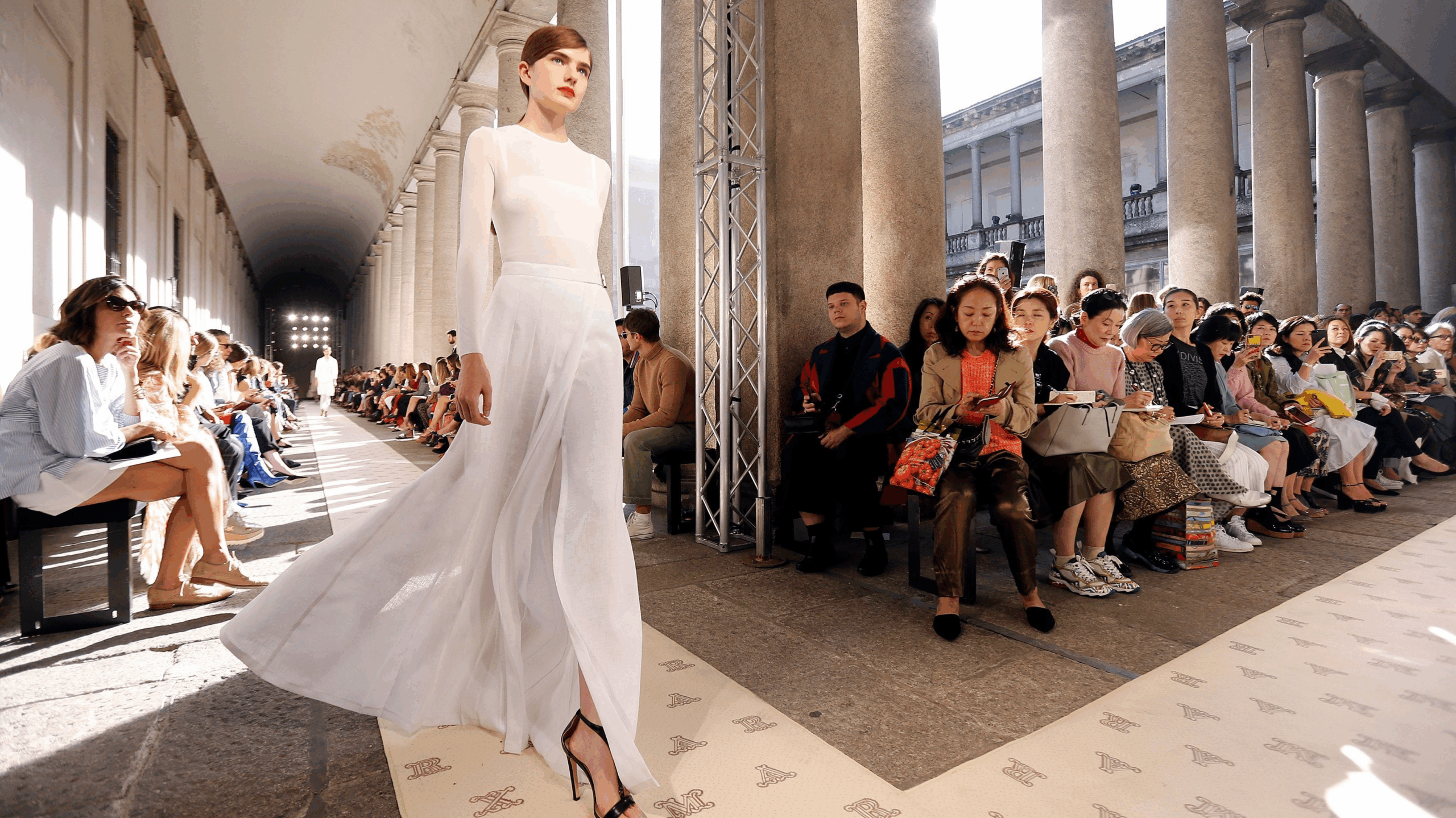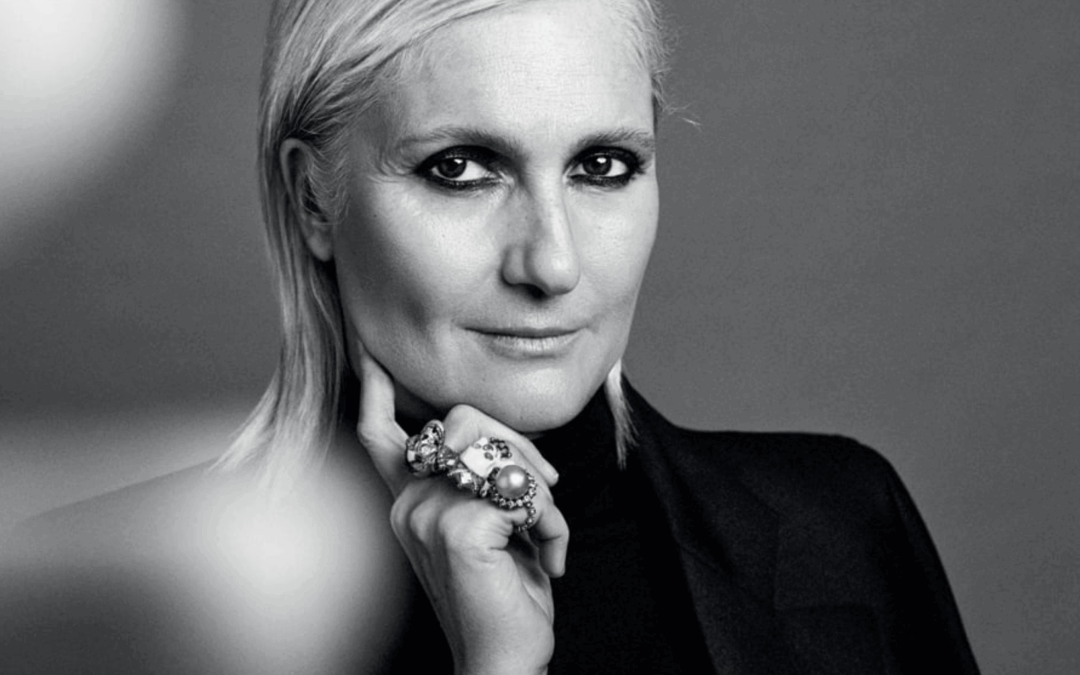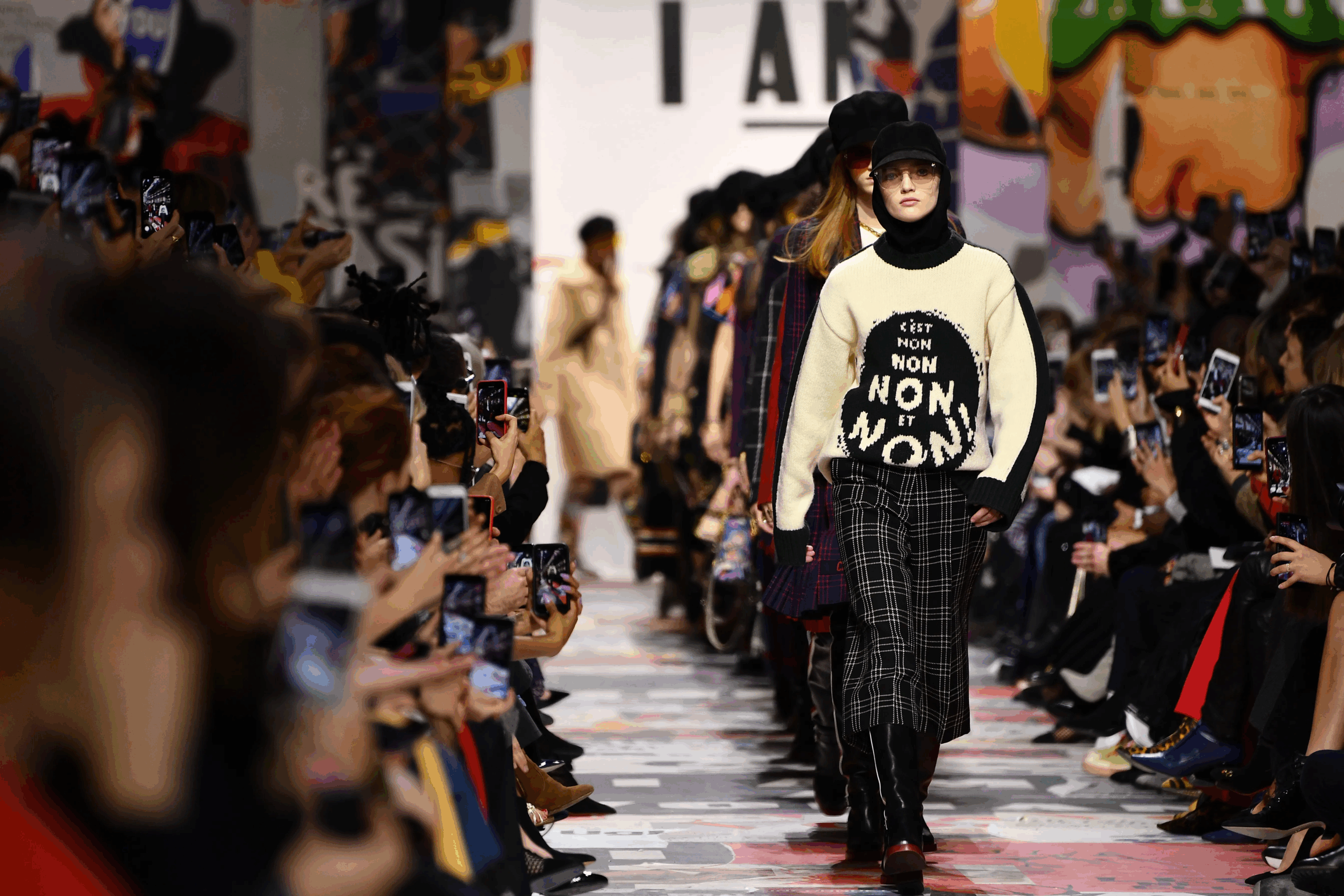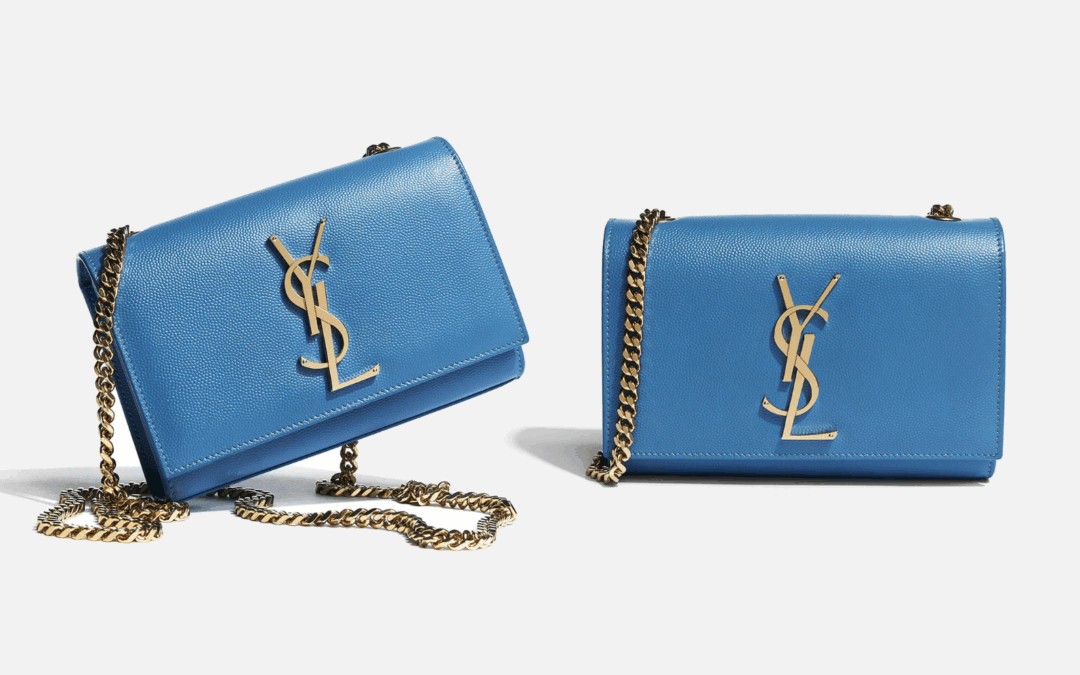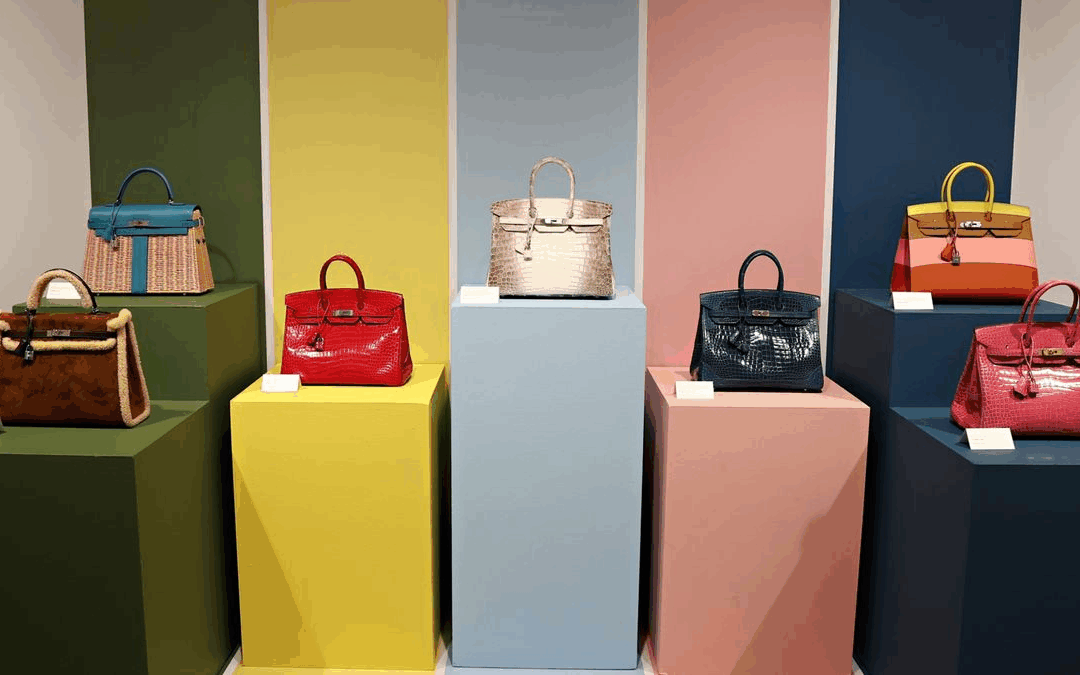
Lock and Stitch: How the Birkin Stays Out of Reach
 Embark on a Cosmic Journey Through the Paradoxes of Luxury and Dupes
Embark on a Cosmic Journey Through the Paradoxes of Luxury and Dupes
Lock and Stitch: How the Birkin Stays Out of Reach
by Thea Elle | August 10, 2025 | Luxury Industrial Complex
Once, buying a Birkin meant pretending you weren’t desperate for one. Now, it’s like applying for a passport. HERMÈS demands ID, a matching credit card, and your presence to collect the prize. No assistants. No far-flung shipping. The magic of impulse luxury has been replaced by the precision of paperwork. HERMÈS says it’s authenticity. To the rest of us, it’s customs clearance in couture.

When a Birkin Was Just Expensive, Not Complicated
Not long ago, the road to owning a Birkin was paved with charm, a capable bank account, and just enough false modesty to act like the whole thing was accidental. You knew the drill: spend on a few strategically chosen items, engage in easy conversation, and show polite interest in four-figure belts you’d never wear outside the boutique. Eventually, the conversation turned to “just what we might have in the back,” and the prize was produced without fanfare. There were no documents to produce, no rules to comply with, no suggestion that you were entering a restricted area.
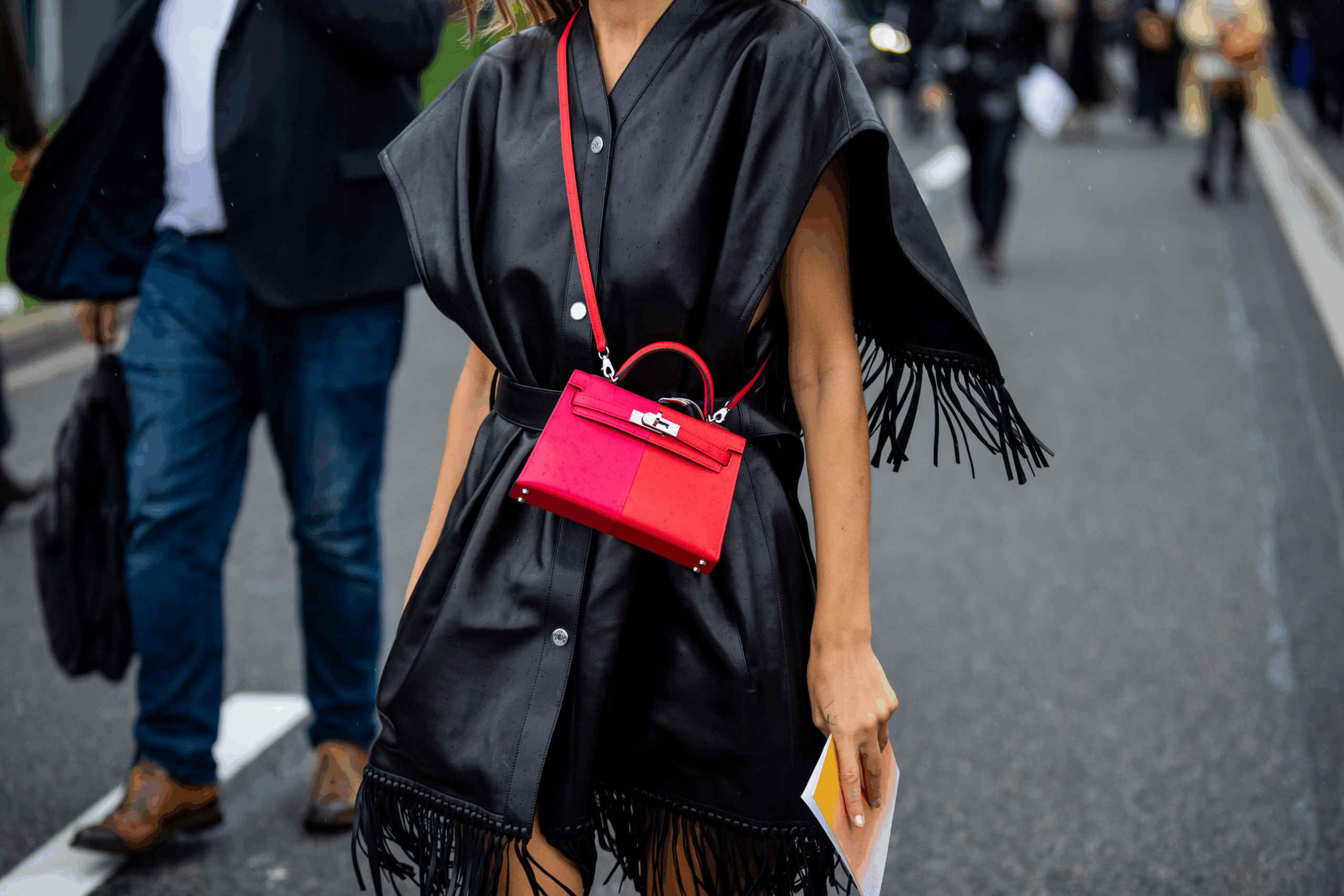
Yes, the numbers on the receipt could fund a small wedding, but the process was refreshingly straightforward. You paid, you left, you carried your prize into the sunlight like any other purchase — except this one could outlast some marriages. Today, that open-handed exchange has been fortified into something far more rigid. Proof of identity, payment authentication, personal pickup — the Birkin has gone from a trophy of wealth to a bureaucratic conquest, guarded like a national asset.
Luxury’s New Map Has Checkpoints
The global playground of luxury has been replaced by a tightly policed grid. Under HERMÈS’ new rules, the freedom to buy anywhere, anytime has evaporated. The brand will accept your payment only if you present yourself in the correct location, at the appointed moment, with identification that matches your method of payment. The bag you covet might be closer than your next vacation spot, but without your in-person retrieval, it may as well be locked away in a vault on another planet.
Explore New Arrivals Here
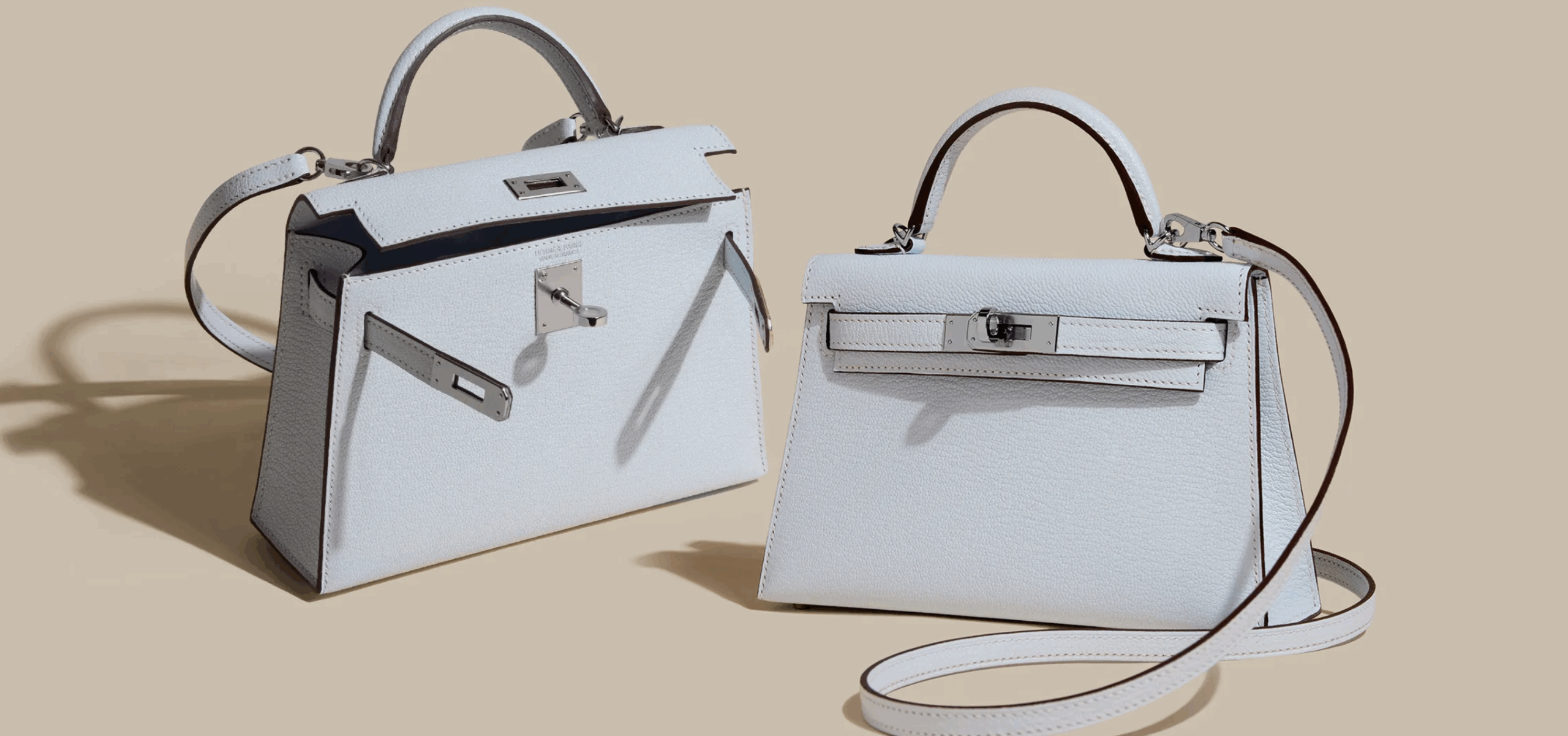
The real game here is control. By introducing deliberate inconvenience, HERMÈS reframes each sale as an exclusive event — not a transaction, but an initiation. It is scarcity disguised as security, and it works flawlessly. Customers comply without protest, because in the rarefied economy of high luxury, the true reward isn’t just the object itself. It’s the story of how hard it was to get.
Luxury’s New Loyalty Test
The official story is simple: HERMÈS wants to protect clients and guarantee the authenticity of every sale. The unofficial one is sharper — these measures also keep the resale market in check, where a freshly acquired Birkin can show up online at twice the retail price before the dust settles on the boutique counter. ID verification, mandatory in-person pickup, and a ban on shipping create a record so immaculate it could pass a forensic audit.
Authenticity here is an ideology, not just a quality check. It reinforces the belief that a HERMÈS bag is not bought so much as earned through loyalty, planning, and an ability to reshuffle your life for an appointment. This is luxury as a rite of passage. And once you’ve cleared it, you’re in — at least until the brand decides the hoops need to be higher.

A glass display case filled with rare Hermès Birkin bags, with a central spotlight on a crocodile-skin Birkin, as a suited man stands nearby.
When Buying Becomes a Pilgrimage
In everyday commerce, a customer with cash in hand is the one being courted. At HERMÈS, the reverse is true. The brand dictates the when and the where, and even the wealthiest clients fall in line. If you want the bag, you do the traveling, rearrange your commitments, and appear exactly as instructed. It’s a strange inversion — the seller controlling the buyer — and yet in luxury circles, it is accepted as part of the mystique.
The logic borders on satire. Imagine being told your purchase is ready, but you must collect it tomorrow or lose it entirely. For a car, you’d laugh. For a Birkin, you’d pack a bag. The sacrifice becomes part of the story — a way of saying you’re not just a customer, but a chosen one.
Customs for Couture
This is not just about keeping counterfeiters at bay. It’s about embedding the purchase with ritual. HERMÈS uses ID checks, rigid pickup rules, and zero-shipping policies to turn each sale into a ceremony of scarcity.
The effect is pure performance. Limited access and deliberate obstacles make the acquisition feel monumental. And buyers, rather than resisting, lean into the theater. They cross borders, cancel plans, and treat the iconic orange box like a diplomatic pouch. In a world where “the customer is always right,” HERMÈS has written a different script — one where the crown is never handed over, only loaned to those willing to make the pilgrimage.





